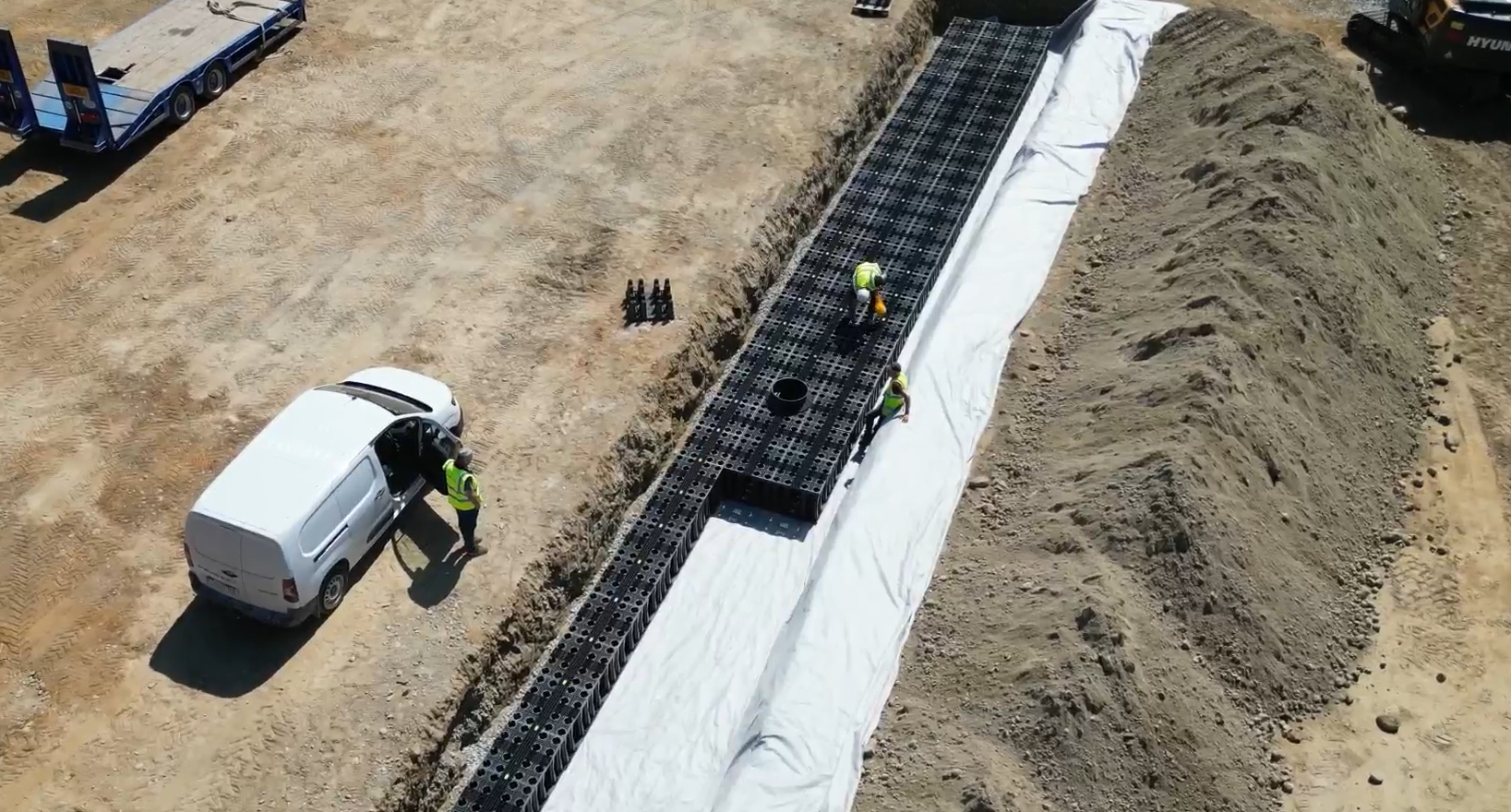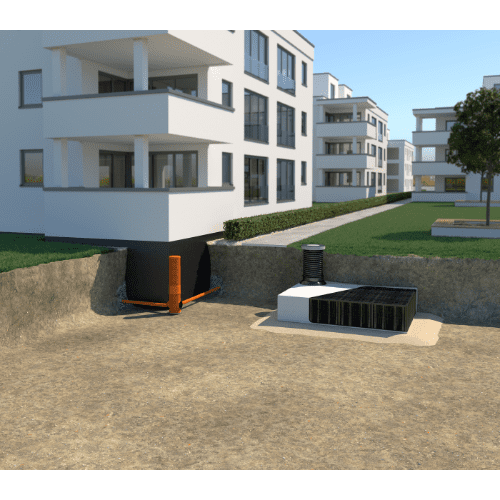
TRICEL NERO RANGE - STORMWATER MANAGEMENT
Underground drainage system
Home » Stormwater » Underground Drainage System
- May 1, 2025
An underground drainage system is a network of pipes, channels, and structures designed to collect and convey excess water from rainfall, surface runoff, and other sources away from urban or developed areas.
It serves to prevent flooding, erosion, and waterlogging by efficiently transporting stormwater to appropriate discharge points such as rivers, lakes, or treatment facilities.
Discover the Tricel Nero Range that contains two solutions: Tricel Hydrostor and Tricel Rigofill, and considerations for your project.
Type of Underground drainage system
In this article, we’ll compare two underground drainage systems from the Tricel Nero range.
HYDROstor
Hydrostor is a modular stormwater storage system designed by Tricel. It consists of high-density polyethylene (HDPE) chambers that you can easily interconnect to form underground storage structures. The system design to maximises the storage capacity while minimising the footprint you need.
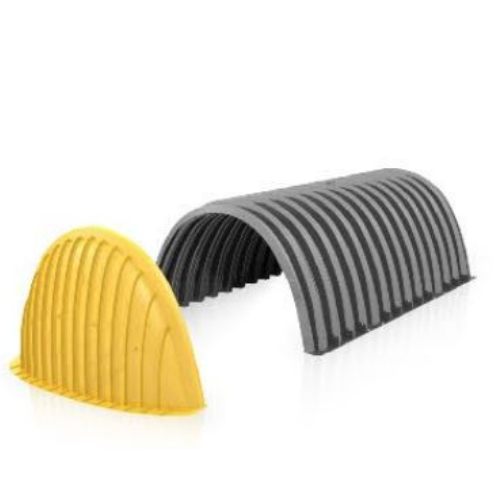
Key Features of Tricel Hydrostor
Modular Design
Hydrostor’s modular design allows for flexible configurations to suit varying site requirements. Installers can adjust the size and layout of the storage system to accommodate specific project needs.
High Capacity
The chambers are capable of storing large volumes of stormwater, helping to alleviate pressure on drainage systems during heavy rainfall events.
Durability
Constructed from HDPE, Hydrostor chambers are corrosion-resistant and designed to withstand the rigours of underground installation.
Easy Installation
We provide detailed installation guidelines, and the chambers can be quickly assembled on-site, reducing labour costs and installation time.
Rigofill
Rigofill is a stormwater attenuation system. Unlike traditional concrete tanks, Rigofill utilies lightweight plastic modules that are easy to transport and install.
The system is designed to promote efficient water infiltration and storage.
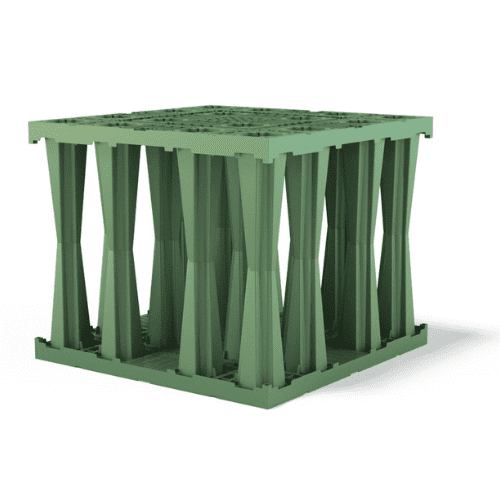
Key Features of Tricel Rigofill
Lightweight Construction
Rigofill modules are made from lightweight plastic, making them easy to handle and transport to the installation site. This feature simplifies logistics and reduces installation time.
Infiltration Capability
The design of Rigofill promotes water infiltration into the surrounding soil, helping to recharge groundwater reserves and reduce the risk of surface runoff.
Versatility
Rigofill modules can be configured in various layouts to accommodate site-specific requirements. This versatility allows for optimal use of available space.
Environmental Benefits
By promoting infiltration and groundwater recharge, Rigofill helps maintain natural hydrological processes and supports sustainable urban development.
Main differences between these 2 Underground drainage system
1. Material: Hydrostor utilises HDPE chambers, while Rigofill modules are made from lightweight plastic. Both materials offer durability and corrosion resistance.
2. Installation: Both systems boast easy installation processes, but Hydrostor’s modular design may offer slightly more flexibility in adapting to site constraints.
3. Storage Capacity: While both systems provide ample storage capacity, Hydrostor’s modular chambers may offer a more efficient use of space compared to Rigofill’s modules.
4. Infiltration: Rigofill is specifically designed to promote water infiltration, making it an excellent choice for projects focused on groundwater recharge and sustainable drainage.
What system to choose for what project ?
Objective:
Tricel Rigofill focuses on flood mitigation and volume control by temporarily storing stormwater runoff, while Tricel Hydrostor systems focus on infiltration and groundwater recharge by promoting the absorption of stormwater into the ground.
Components:
Attenuation systems (Rigofill) typically include storage tanks or basins with controlled outlets, while soakaway systems (Hydrostor) consist of underground structures filled with permeable materials to facilitate infiltration.
Application:
Attenuation systems are commonly used in urban areas with limited space for surface detention ponds, while soakaway systems are suitable for areas with well-draining soils and where groundwater recharge is desired.
Articles you might be interested in
- Stormwater
- Case Study
Tricel Nero Range of Products
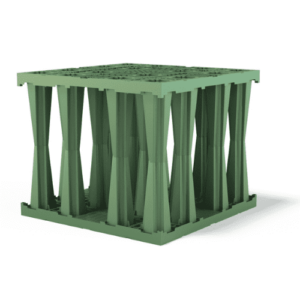
Tricel Crates
The system features universal components for infiltration, retention and storage of stormwater runoff.
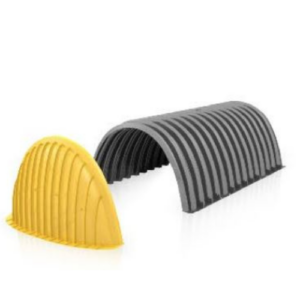
Tricel Chambers
Tricel chambers provide a sustainable underground stormwater management system that optimises groundwater recharge.
50 YEARS IN BUSINESS
A highly successful multinational corporation with over 50 years’ valuable industry experience
STORMWATER MANAGEMENT
Different systems available for all projects. Free advice on request.
Technical Expertise
We have a expert and trained team ready to help your project.
Meet our team
To find a technician in your area, visit our page
TALK STORMWATER MANAGEMENT
To speak to one of our agents online, click here
ASK FOR A QUOTE
Request a free quote today to have a quote that meets your project!
Get in touch
